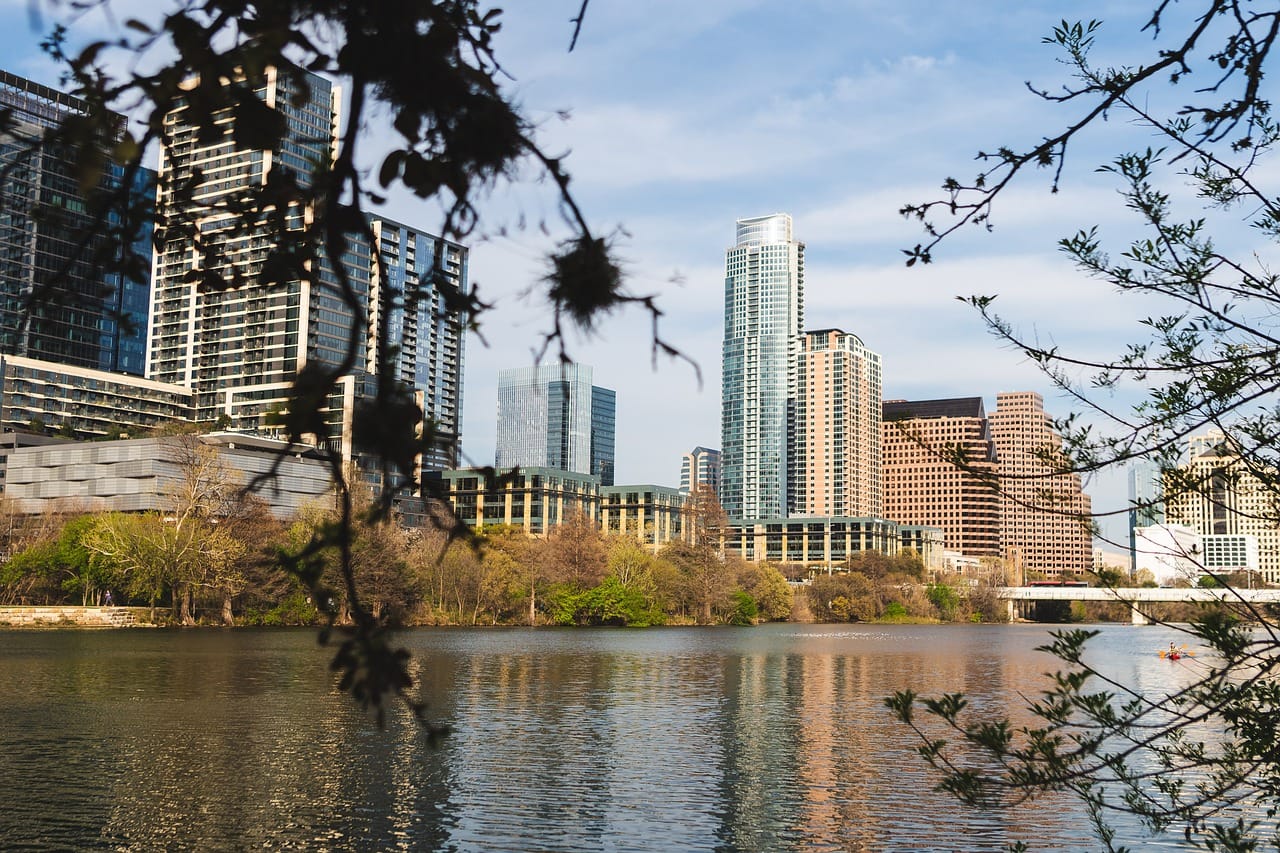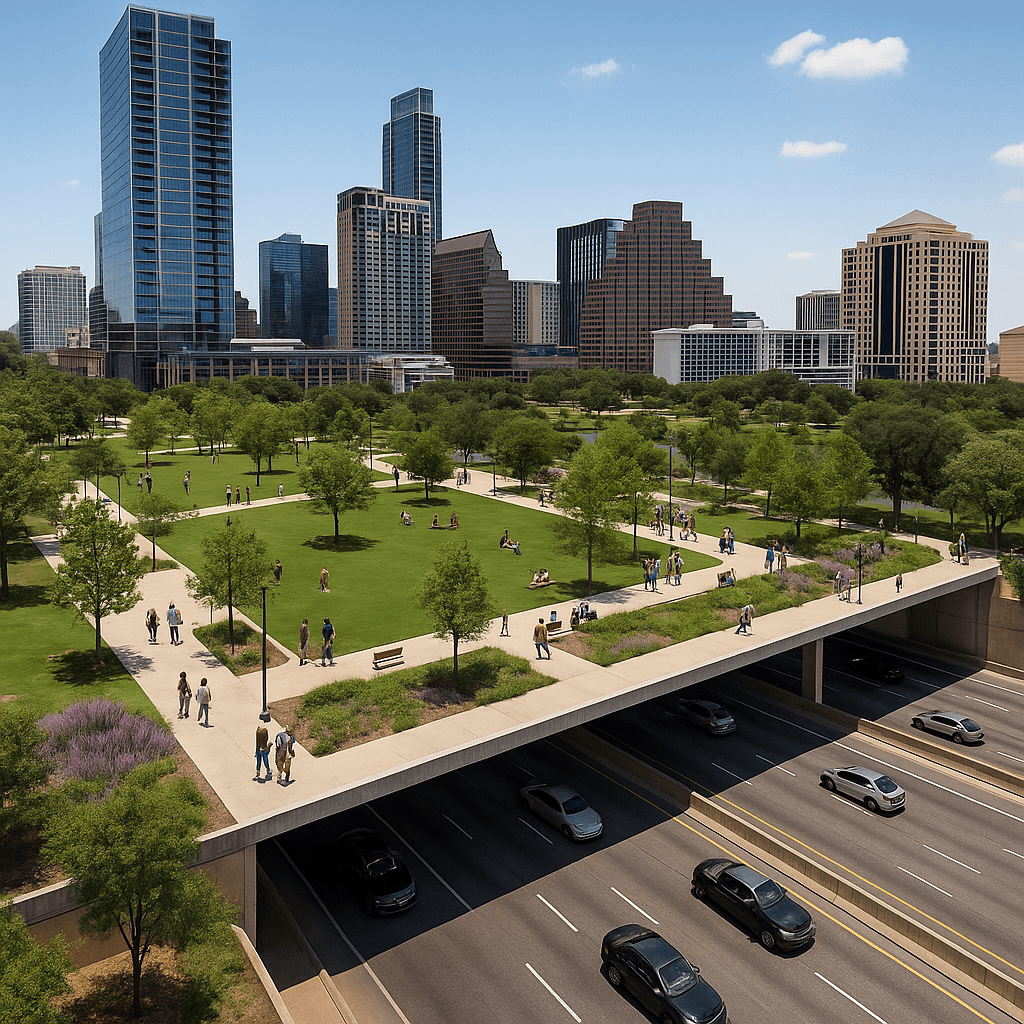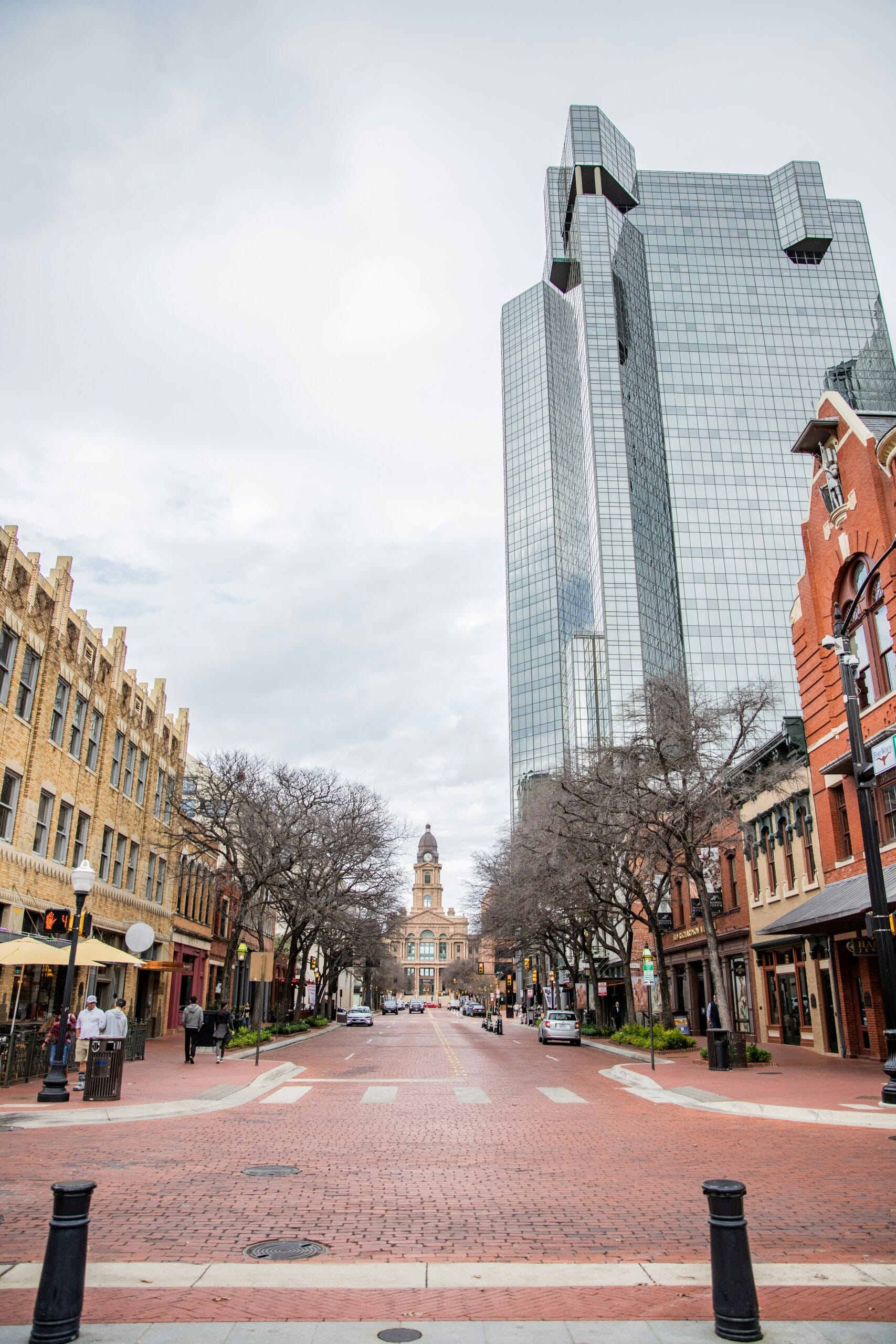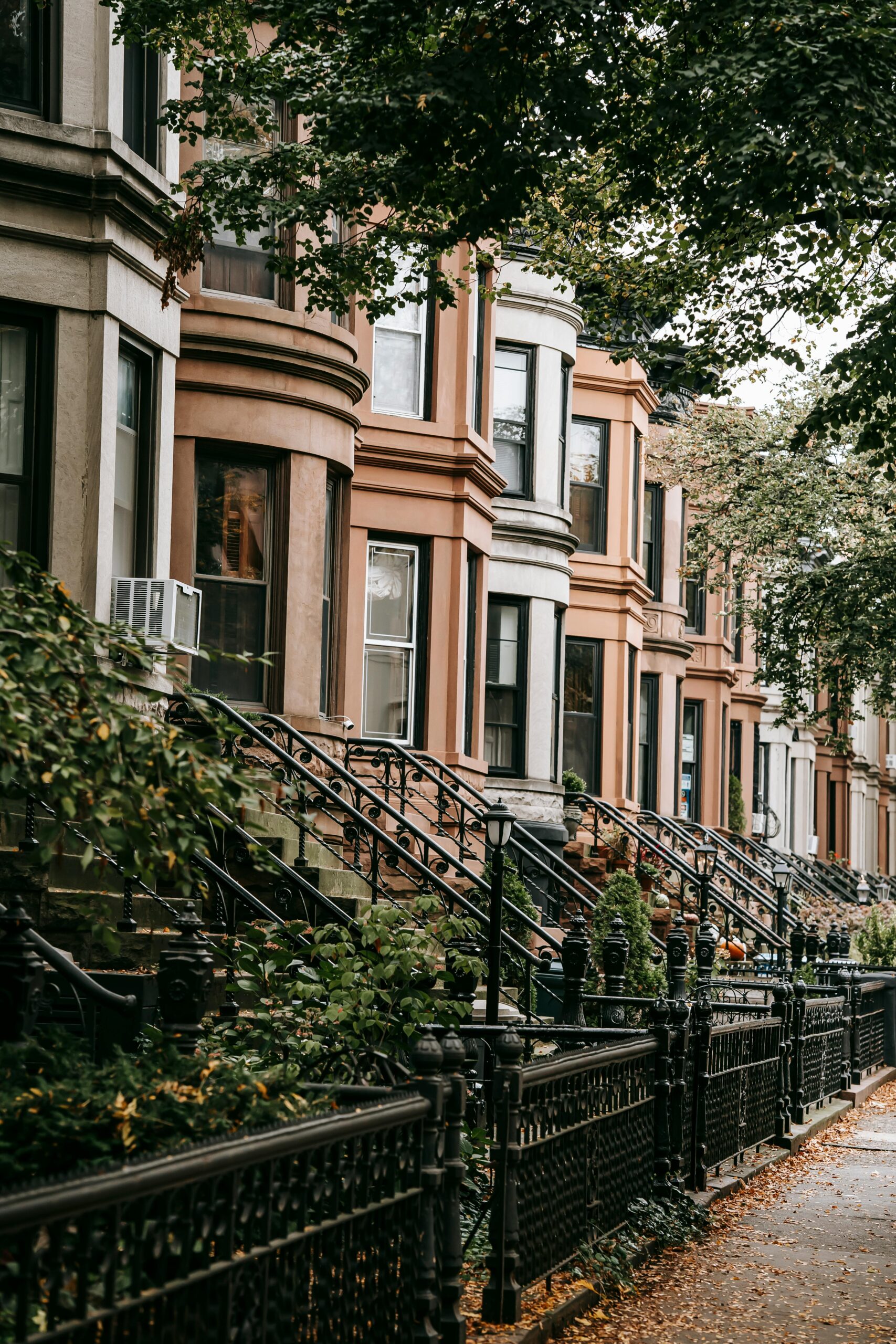- In late 2022, the City of Austin approved a TIRZ for the redevelopment of the Austin American-Statesman site.
- The City lost a lawsuit last week about that TIRZ and now the future of it is in jeopardy.
- While there are a few paths forward, its not clear what the future of the redevelopment is.
The City of Austin seems to have a remarkable streak going in lawsuits brough by local neighborhood groups. It’s kind of the reverse of Cal Ripken and Joe Dimaggio. While those two had outstanding streaks of success, Austin has consistently come up on the losing end of lawsuits against neighborhood groups.
The latest was about a developer’s endeavor to revitalize the south shore of Lady Bird Lake with dense, mixed-use development. Funding for the project hinged on the creation of a Tax Increment Reinvestment Zone (TIRZ) – a mechanism that captures a portion of rising property taxes within the zone and redirects them towards infrastructure and public amenities. However, a recent lawsuit by the Save Our Springs Alliance (SOS) and others threw a wrench into the plan, leaving the future of the SCW and its funding uncertain.
The Envisioned Transformation of the Statesman Land
Back in late 2022, the Austin City Council approved Endeavor’s plans to redevelop the old Austin American-Statesman site just south of Lady Bird Lake. The vision was to create a vibrant, walkable district with high-rise buildings, shops, restaurants, and enhanced public spaces. Proponents argued this development would generate much-needed tax revenue, improve connectivity to the waterfront, and provide a wider range of housing options.
A key component of the Statesman redevelopment plan was the establishment of a TIRZ. Here’s how it would have worked:
- The City designated the land in question as a “blighted” area.
- As property values within the zone increased due to development, the City would capture the incremental tax revenue generated by that growth.
- These captured funds, estimated at $354 million over 20 years, would then be used to finance essential infrastructure improvements, affordable housing initiatives, and public amenities like parks and trails within the redeveloped area.
The Neighborhood Groups Lawsuit
But some Austin neighborhood groups apparently did not like this plan. As a result, they – led by the Save Our Springs Alliance – filed a lawsuit challenging the TIRZ. Their primary arguments centered around the designation of the area as blighted. SOS contended that the City did not present evidence showing that the land was blighted. As a result the TIRZ, intended to incentivize development in struggling areas, wasn’t necessary for the area.
They made this argument despite the fact that in January 2022, the City Council did review the plan and made a finding that the area was blighted.
A Judge’s Ruling and the Road Ahead
Last week Judge Jessica Mangrum of the Travis County District Court sided with the Plaintiffs. The Court granted the Plaintiff’s motion for summary judgment. This decision effectively stops the City from funding the development through a TIRZ. Which, as Defendants’ lawyer stated previously, may prevent them from developing the area at all.
So, what are the City’s options moving forward? Here are some possibilities:
- Appeal the Ruling: The City could appeal Judge Mangrum’s decision, potentially leading to a lengthy legal battle. This option carries the risk of further delays and uncertainty for the project.
- Revisit the TIRZ Designation: The City could re-evaluate the Statesman development and potentially designate a smaller area or provide more detail and evidence on why the area is blighted. This approach might require revisiting the project’s overall plan and securing community buy-in.
- Alternative Funding Mechanisms: The City could explore alternative funding sources for the project. This might involve public-private partnerships, federal grants, or other creative financing solutions.
- Scaling Back the Project: If alternative funding proves insufficient, Endeavor and the City might need to scale back the envisioned development. This could involve reducing the density or scope of the project to align with more traditional development financing methods.
The future of the Statesman redevelopment project, therefore, remains unclear. The SOS lawsuit highlights the complex balancing act involved in large-scale development projects. While economic growth and infrastructure improvements are desirable, often there are neighborhood or tax groups who stand opposed to the development.
Endeavor and the City of Austin now faces a crucial decision. They will need to carefully evaluate its options and determine the best path forward for the project. I guess we will wait and see what is next.



